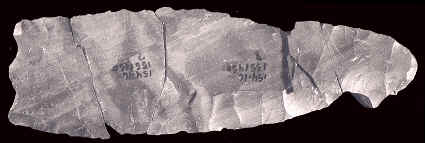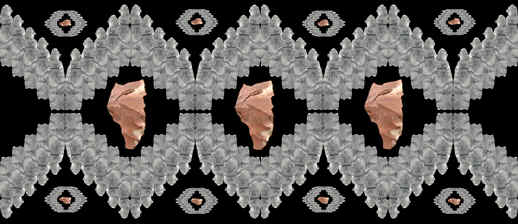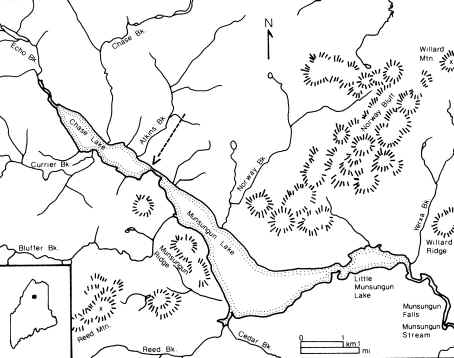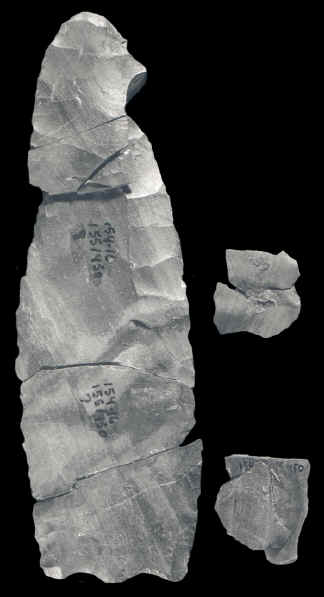|
||
|
||
|
"Few
subjects invoke such heated arguments in New World prehistory as do the
origins of Native American populations."
----1991,
Dennis Stanford, Clovis Origins and Adaptations: An Introductory
Perspective."
EVIDENCE
OF CLOVIS IN NORTHEASTERN NORTH AMERICA by Richard Michael Gramly, PhD. Recently I attended sessions of the "Clovis in the Southeast" conference held October 26-29, 2006, at Columbia, South Carolina and listened to an opening presentation by Michael B. Collins entitled "Clovis: A Fresh Look at an Ancient Culture." Collins’ map showing the spatial extent of Clovis was noteworthy, in my opinion, for the absence of this archaeological culture east of Ohio and north of Pennsylvania. A similar map of Clovis sites and its culture-area was furnished to attendees of the "Clovis and Beyond" conference held six years earlier in Santa Fe, New Mexico. Mapmakers and researchers espousing the view that Clovis never existed in northeastern North America must be unaware of certain facts. Here I wish to lay out a few overlooked facts in the hope that those who do not credit the northeast with a Clovis tradition will rethink their position. |
||
|
What constitutes the Clovis archaeological culture has been discussed for decades. Apart from its dating, one of the clearest statements about its makeup is James Warnica’s 1966 paper "New discoveries at the Clovis site," which appeared in American Antiquity. Warnica’s inventory of key elements of the Llano Complex, as represented within the Clovis horizon of Blackwater Draw, included fluted projectile points (small and large), side-scrapers, hollow- scrapers or spokeshaves, ends-scrapers (some on prismatic blades), end-and-side-scrapers (some on prismatic blades), utilized prismatic blades or knives, flake knives, gravers, hammerstones, small grinding stones (manos), cores with removals by percussion, possible burins, and sundry bone artifacts. Warnica’s list was expanded and interpreted in light of Clovis hunting practices and diet by Haynes (1980). In 1999 Collins and Kay carried our understanding of Clovis technology even farther with their landmark study, "Clovis Blade Technology." They discussed the "two major reductive strategies" of the Clovis archaeological culture (Llano Complex), namely (1) bifacial reduction – leading in some cases to fluted points, and (2) prismatic blade production and the manufacture of cores for generating them. |
||
|
In their opinion an important characteristic of the first reductive strategy is "broad flakes extending completely or nearly across the biface." Also it is their belief that overshot flakes (flakes that carry away the edge opposite to the one being struck) "occur frequently" (1999: 46). According to their view prismatic blades were struck from conical and wedge-shaped cores. Apart from actual prismatic blades and the parent cores themselves, proof that prismatic blade production occurred may be judged by core tablets and other debitage resulting from manufacturing and maintaining cores. |
||
| CONTINUE ON TO PAGE TWO | ||
|
"REFERENCES" Bonnichsen, Robson, George L.
Jacobson, Jr., Ronald B. Davis, and Harold W. Borns, Jr. Richard Michael Gramly |
||



